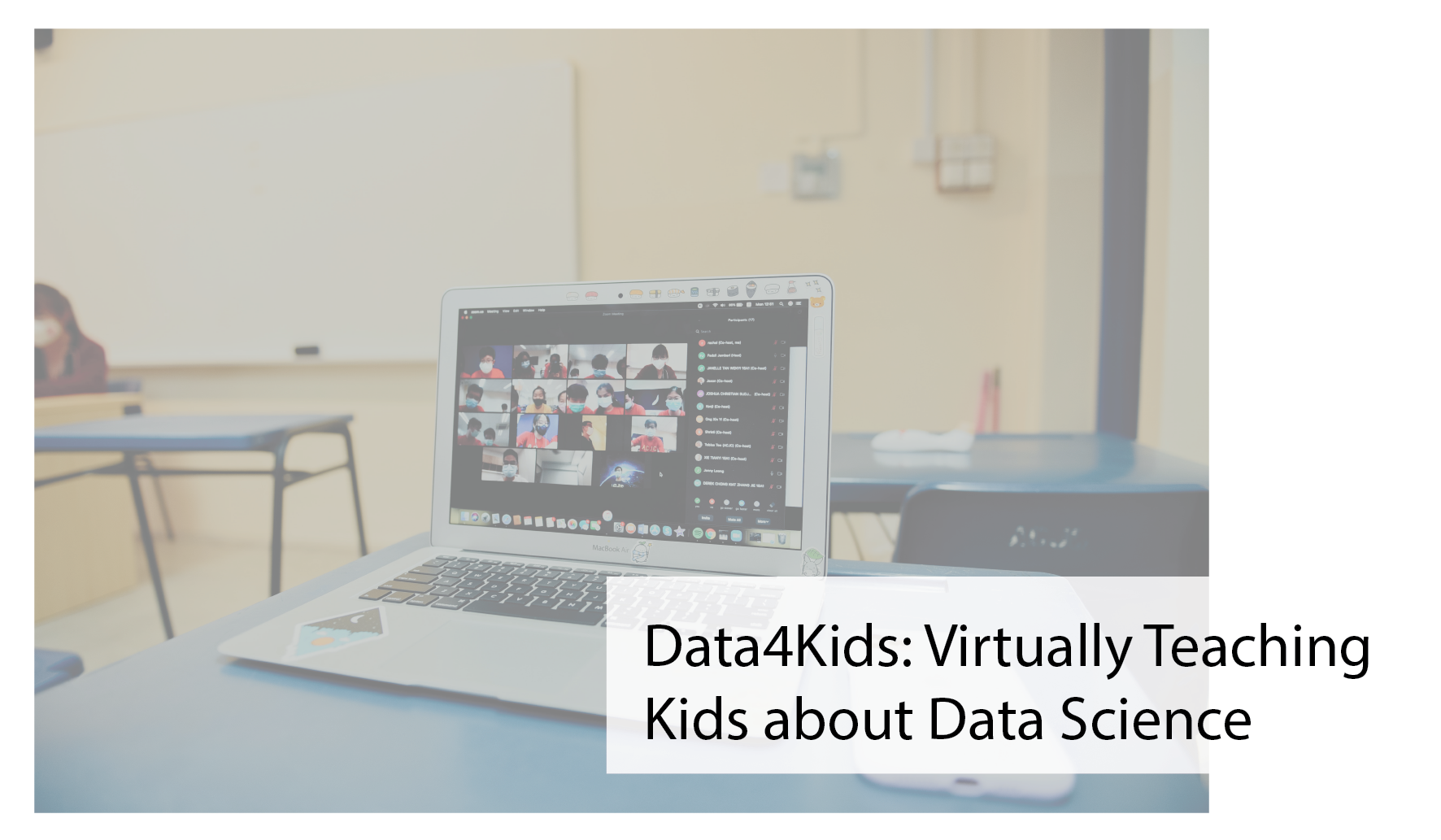When the COVID-19 pandemic first shut down in-person learning, we knew education wouldn’t be the same. How could kids—especially younger kids in elementary and middle schools—learn and socialize if they weren’t in a physical classroom? In late 2021, we worked with a team of people from various groups—including the Concord Consortium, Esri, Found Spatial, the American Statistical Association, the Launch Years initiative at the University of Texas at Austin, and faculty members at the University of Memphis and the University of Tennessee—to provide an open repository of data-related material for educators. This resulted in our Data4Kids project.
Our goal for this project was to create an online repository of materials that help educators prepare children to be better data users, stewards, and consumers. We wanted to develop a set of easy-to-use and easy-to-access learning materials with well-defined learning goals and step-by-step curricula for online learning but that could also be used during in-person instruction. We envisioned the materials to help educators bring the world of data, data science, and data visualization to their students.
We also recognized that students of different ages have different skills and interests in data. This motivated us to incorporate three main groups into our final product: Band 1 for grades 3-5 (roughly ages 9-11); Band 2 for grades 6-8 (roughly ages 12-14); and Band 3 for grades 9-12 (roughly 15-18).
With our collaborators and these criteria in mind, we created six “Data Stories” for educators to use with their students. The Data Stories reflect the students’ potential differences in learning styles, complexity of the material, and student maturity. Each story contains four items:
- Instructors’ Guide (docx, Google Doc)
- Data (xlsx, Google Sheets, CSV)
- Data Dictionary (docx, Google Sheets)
- Slides (PowerPoint, Google Slides)

The Instructors’ Guide walks the instructor through the entire project with notes that describe how to use the other data story items. For instance, the Guide provides data questions with answers and tips to engage their students for the accompanying annotated slides. This allows the instructor to start teaching without much effort—we want our materials to be as easy as possible for teachers so they can focus on the instruction and content.
We also structured the Guides with five sections:
- Data Question. We prompt the instructor to ask the kids to think about the data by using phrases like “I notice that….”, “I wonder if…”, “I wonder why…” and “I wonder how…”. We alternatively provide a list of specific data questions with answers.
- Data Collection. We provide prompts about the basics of data collection. The youngest kids, for example, are asked to think about measuring their own height while the oldest are asked about why the poverty rate is an imperfect measure of poverty.
- Data Analysis. In this section, we give them some “messy” data—with errors we’ve added and marked for the instructors—so the kids can explore and see if they can find (obvious) mistakes, in contrast to the clean data.
- Data Visualization. We created a set of graphs and charts (in Excel and Google Sheets). Here, our priming question is, “Which data visualization is best to tell the story?” We give the instructor ideas about what data questions each visualization could answer.
- Data Equity, Ethics, and Privacy. Finally, we delve into Data Equity, Ethics, and Privacy. We ask priming questions like, “Who is represented in the data?”, “How should we report the data?”, and “Are we telling the right data story?”
Although each section contains lots of detail and options, we don’t expect any educator to get into the weeds on any specific topic. We wanted to give educators the opportunity and flexibility to emphasize various aspects of being a responsible data consumer in their curriculum.
To help you better understand what is available in the Data4Kids site, we’ll walk you through the data story on City Health Equity.
In this data story, we encourage students to imagine they are helping a family decide where to live in the United States and consider what makes a city “livable.” We use a dataset that includes information about different US cities, including: in which region are they located, how their population is changing, and what access they offer to parks, healthy food, breathable air, and other amenities. Some potential data questions ask, “Which region or city type has higher home ownership?” and “What is the average unemployment rate for each city type?”

These questions may be a little bit difficult for the youngest kids to answer. As another option, the educator can hand out index cards and drawing utensils to the students. The students then pick a city from the dataset and make a data card with various data points from the dataset. Children learn in different ways at different ages, so we wanted to provide the educators with this alternative method.

We are hopeful that educators and parents will use these materials to teach kids about collecting, analyzing, and communicating data. We are also excited to broaden the project by inviting anyone to create their own data story. There is an open form on the site, where all the materials we have created are essentially templates so anyone can assemble a dataset, formulate questions and answers, and develop data visualizations to help educators around the world. We hope you will consider collaborating with us to provide more data stories and data science resources!








